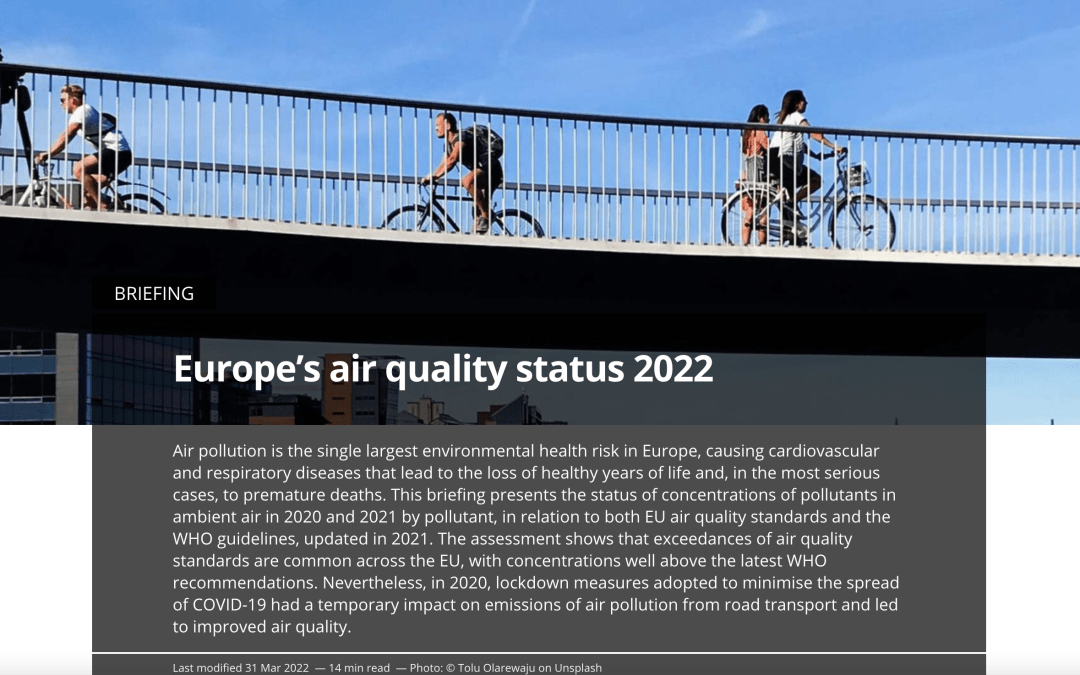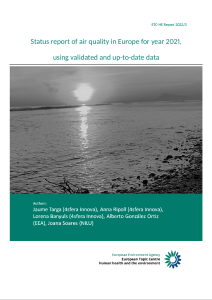Air pollution is the biggest environmental health risk in Europe, causing cardiovascular and respiratory diseases that lead to the loss of healthy life years and, in the most severe cases, to premature death. The European Environment Agency has published an update on the status of ambient air pollutant concentrations in 2020 and 2021 for pollutants, both in relation to EU air quality standards and with the new WHO guidelines, updated in 2021. The assessment shows that exceedances of air quality standards are common throughout the EU, with concentrations well above the latest WHO recommendations. However, in 2020, containment measures taken to minimize the spread of COVID-19 had a temporary impact on air pollution emissions from road transport and led to an improvement in air quality.
Despite a significant drop in air pollution from road transport in 2020 due to measures to block COVID-19, breaches of European air quality standards remain a common occurrence in the European Union ( EU), according to the European Environment Agency’s briefing note: “Europe’s state of air quality 2022”.
The EEA briefing presents the latest official data for 2020, plus provisional data for 2021, on key air pollutant concentrations measured at more than 4,500 monitoring stations in 37 European countries. The analysis focuses on the most harmful pollutants for human health, including particulate matter (PM2.5, PM10), nitrogen dioxide (NO2), ozone (O3) and benzo [a] pyrene, and assesses concentrations against EU air quality standards and the new WHO air quality guidelines. (link to web report).
Experts from 4sfera are one of the main authors, together with experts from the EEA and NILU, of the analysis that reveals those pollutants that are considered more harmful to human health and the environment or that more often exceed the EU air quality standards and the new levels of the WHO guidelines. The analysis of the validated data for 2020 includes maps and box diagrams, while the analysis of the provisional data for 2021 includes only maps. Validated 2020 data will be available by the end of the year and will be presented in the 2022 Air Quality Report. Lists of countries that submitted data for 2020 and 2021, additional information and additional analysis are can be found in the Eionet reports ETC / HE 2021/2 and ETC / HE 2022/3, prepared by the European Thematic Center on Human Health and the Environment (ETC / HE) and the European Environment Agency (EEA).


